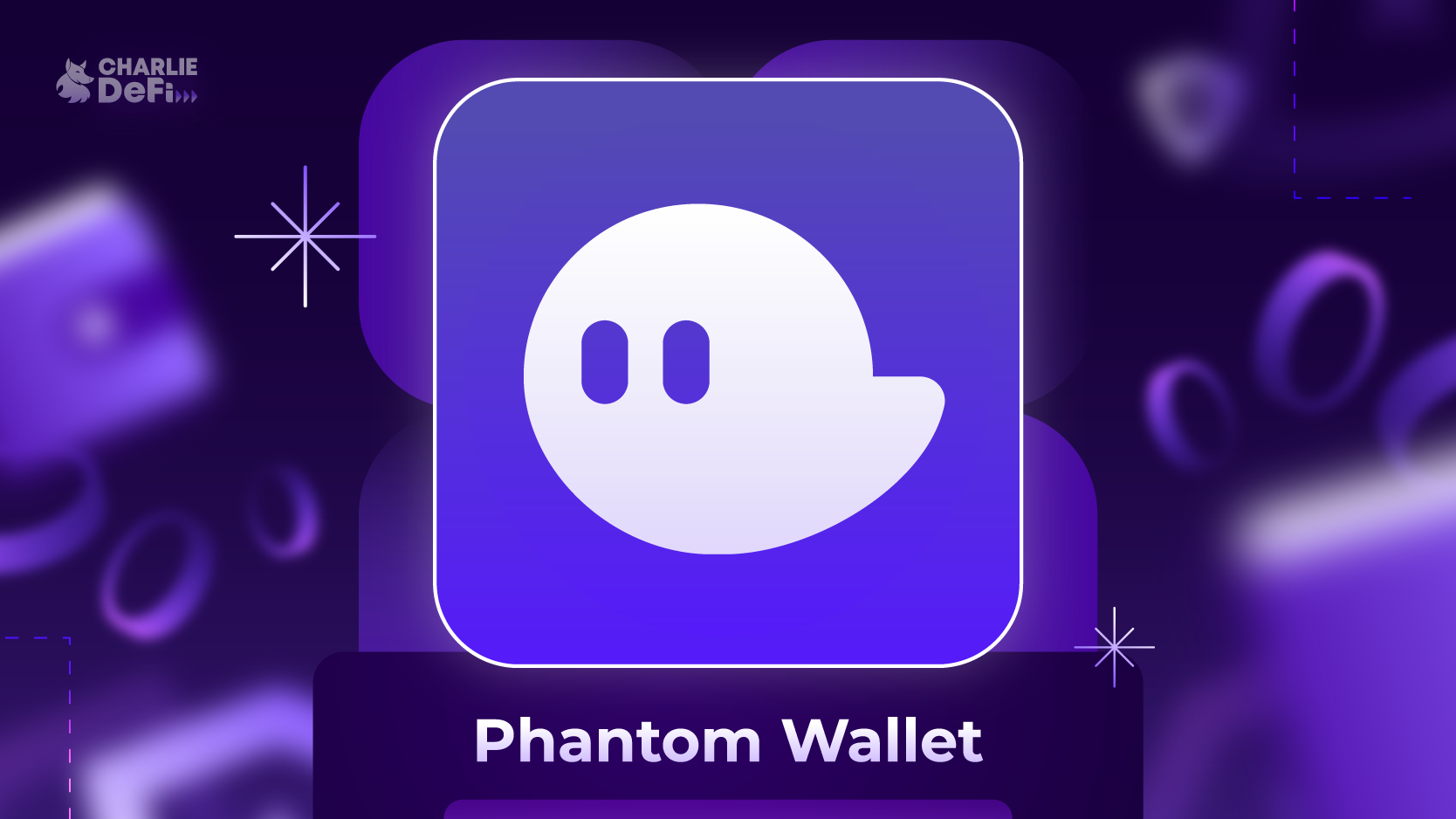Okay, so check this out—I’ve been fiddling around with Solana’s ecosystem for a while, and honestly, Phantom Wallet keeps surprising me. Seriously? Yeah, it’s that good. At first glance, it looks like just another crypto wallet, but dig a little deeper, and it’s clear Phantom isn’t playing around. It’s fast, slick, and super user-friendly, especially if you’re into NFTs or staking SOL. Something felt off about other wallets I tried—they were clunky, slow, or just plain confusing. Phantom, though? It’s like it was built by folks who actually use Solana daily.
Now, don’t get me wrong—I’m biased, but I gotta say: if you’re dipping toes into Solana NFTs, Phantom’s browser extension really leaps ahead. The seamless integration with Solana’s NFT marketplaces makes buying and managing your digital art feel effortless. No weird delays, no complicated setups—just smooth sailing. And hey, NFTs on Solana tend to have lower fees compared to Ethereum, which is a breath of fresh air. But the wallet itself? That’s what seals the deal.
Here’s the thing. When I first started exploring staking SOL, I thought it’d be a headache. Delegating tokens, managing rewards, it all sounded very technical. But Phantom keeps it straightforward. You can stake your SOL right through the extension without jumping through hoops. Initially, I thought staking was only for the hardcore, but then I realized anyone with Phantom can do it in minutes. It’s kinda like having a mini bank in your browser, but without the red tape.
Wow! The speed is really impressive. Transactions confirm quickly, and the interface updates you in real time about your staking rewards. Honestly, that makes it easier to stay engaged and not forget about your passive income. On one hand, some wallets boast security but lag behind in usability. Though actually, Phantom strikes a neat balance—it’s secure (your keys stay local) but doesn’t make you jump through endless verification hoops. It’s that sweet spot between power and simplicity.
One thing that bugs me a bit is how new users might still feel overwhelmed by crypto jargon, even with Phantom’s clean UI. They throw terms like “delegation,” “validators,” or “programs” without much hand-holding. I’m not 100% sure if Phantom plans to simplify this further, but maybe some kind of newbie guide embedded right in the wallet would help. Oh, and by the way, the community around Phantom is pretty active, so you can usually find answers quickly if you dig around.

Speaking of community, that’s where Phantom’s ecosystem shines. The extension supports tons of Solana dApps—NFT marketplaces, games, DeFi platforms—you name it. That means your wallet isn’t just a vault; it’s a gateway. I remember one afternoon when I stumbled on a new NFT drop, and with Phantom open, it was just a couple clicks away. No app switching, no fuss. For artists and collectors alike, that’s a huge plus.
Phantom Extension: Your All-in-One Gateway to Solana
If you want a wallet that just works without constantly second-guessing yourself, check this out—Phantom’s browser extension is probably your best bet. It’s available for Chrome, Firefox, Brave, and Edge, so you’re covered regardless of your favorite browser. When I first installed it, the setup took less than five minutes. Seriously. And from there, managing NFTs became intuitive—minting, sending, receiving, all smooth.
Not to mention, Phantom recently added support for hardware wallets like Ledger. That’s huge for people who want an extra layer of security but still crave the convenience of a browser wallet. Initially I thought hardware wallets were clunky to integrate, but Phantom makes the process pretty seamless. You just connect it through the extension and boom—your keys stay offline, but you get all the perks of Phantom’s interface.
It’s also worth noting that Phantom supports staking SOL directly from the extension. No need to jump to third-party staking platforms or command-line tools. You pick a validator, delegate your tokens, and watch your rewards stack over time. Though, I’ll admit, picking the right validator can be confusing. Some pay higher rewards but have less reliable uptime, while others are super safe but lower yield. Phantom gives you stats, but you still have to do your homework.
By the way, if you wanna dive deeper or get the latest updates straight from the source, you can find everything you need here. It’s the official spot for all things Phantom, and they keep it pretty up-to-date with new features and security tips.
Now, here’s a little tangent—NFTs on Solana aren’t just collectibles; they’re becoming a whole new form of social identity and even access passes. Phantom’s smooth NFT management makes this super accessible. Imagine owning a piece of digital art that also grants you entry to exclusive events or gaming perks. That’s where the Solana ecosystem is heading, and Phantom is right at the front.
Hmm… I wonder how Phantom will evolve once Solana’s ecosystem grows even bigger. Will they add more DeFi tools? Or maybe deeper analytics for stakers? For now, the wallet strikes a really nice balance between simplicity and power. And honestly, in crypto, that’s very very important.
Wow, who knew a wallet could feel this polished and user-friendly? If you’re serious about jumping into Solana—especially NFTs and staking—you owe it to yourself to check Phantom out. It’s not perfect, but it’s as close as it gets right now. And hey, if you’re curious, the official site is here. Give it a whirl and see for yourself.
